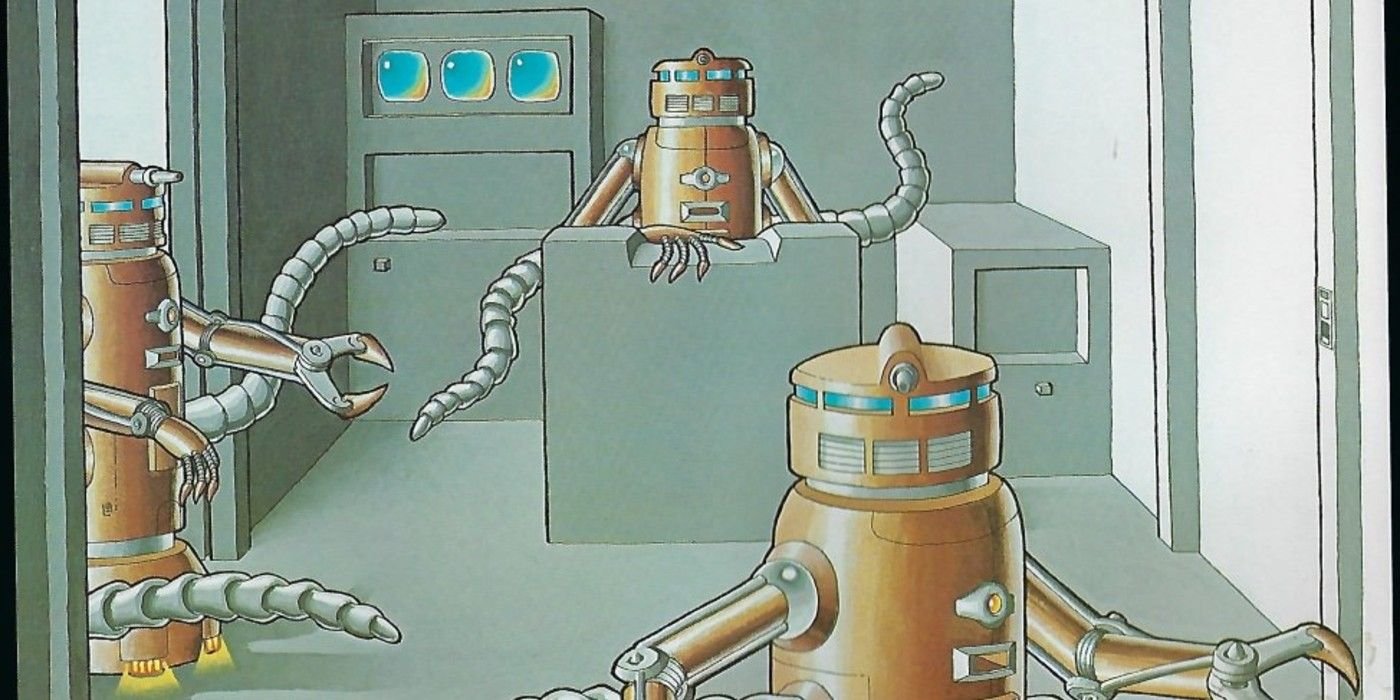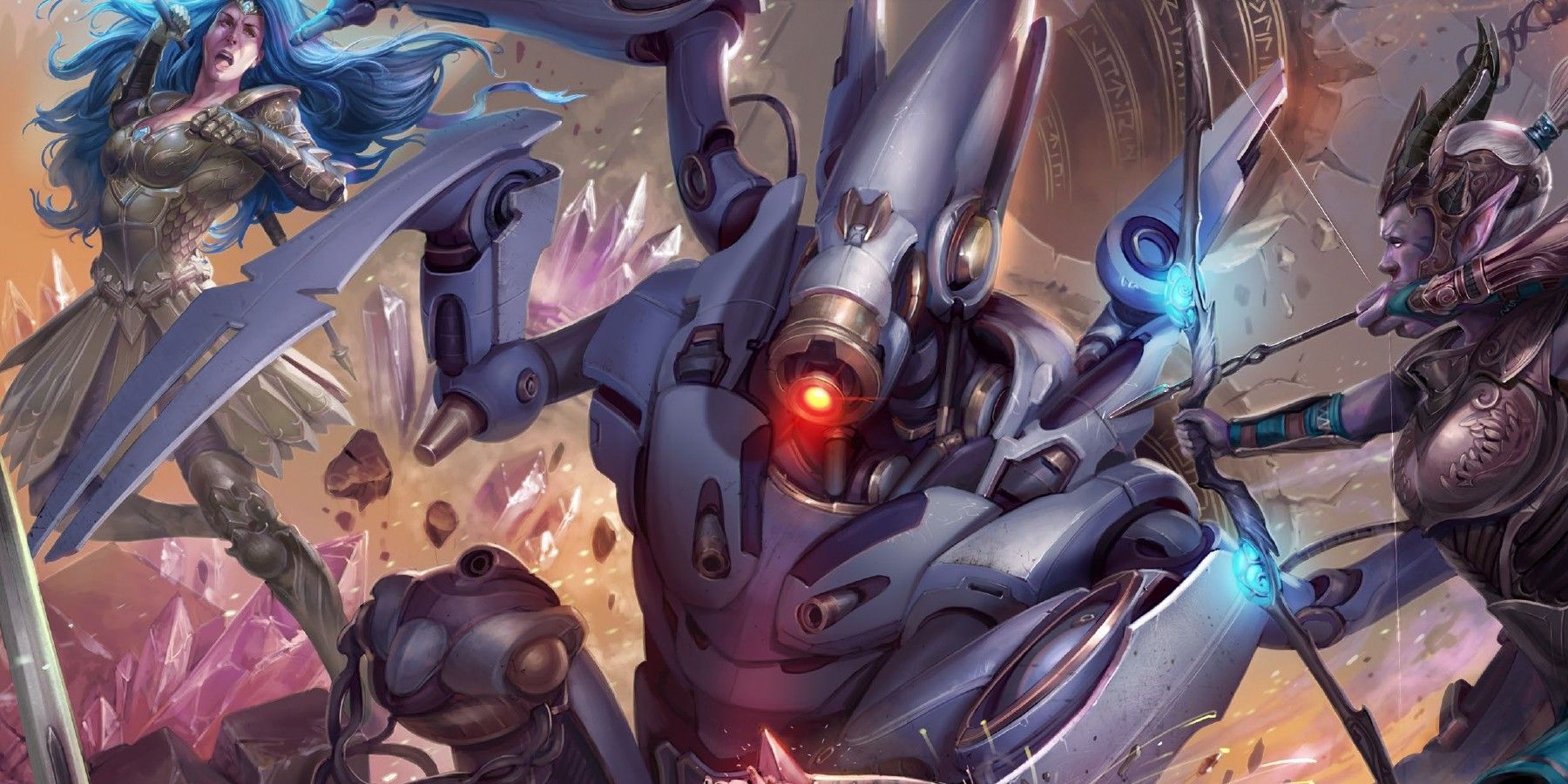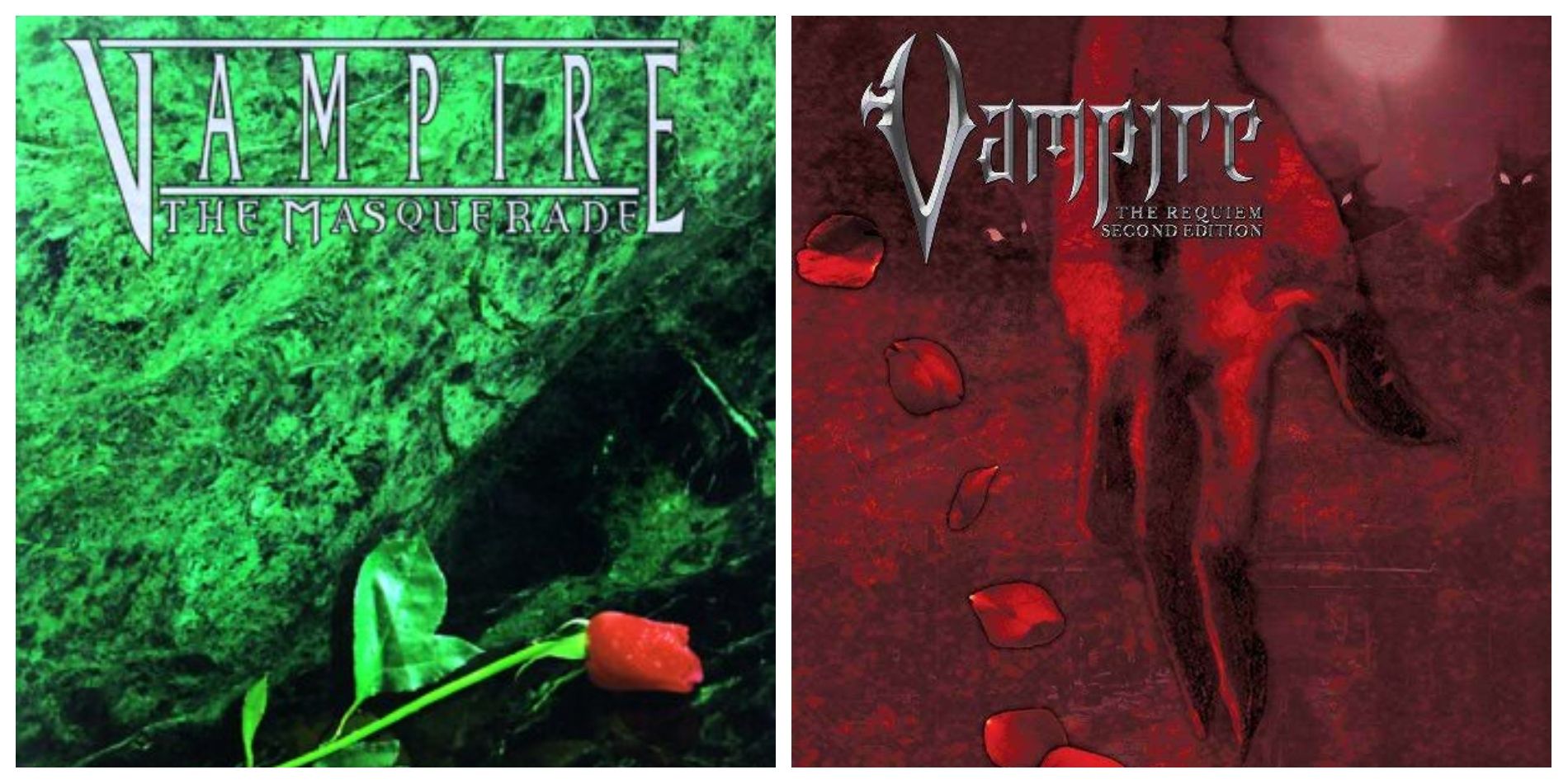I couldn’t be happier with the ENNIES’ decision to ban any works that include AI-generated elements from consideration in their awards, and I sincerely hope Wizards of the Coast, the owner and publisher of Dungeons & Dragons, takes notice. I have been a tabletop RPG hobbyist for decades now. Seeing the encroachment of AI in TTRPG products, from Large Language Models generating the text of books to the use of AI in creating algorithmically generated images, twists my stomach in knots. I applaud the ethical decision of the ENNIE Awards, and my hope is WOTC will make a course correction.
A few months ago, Hasbro’s AI plans offended DnD fans. The company that owns the world’s most well-known TTPRG seemingly fails to understand what makes the hobby special, and why AI troubles consumers. There is the environmental impact to consider, along with the fact that much of AI-produced content is essentially theft, mimicking the styles of hard-working writers and artists. People trying to make a living with commercial art or tabletop RPG writing already face an uphill battle, as I know from personal experience. Beyond this, AI robs TTPRGs of that vital human connection.
AI Art & Writing Is Becoming A Huge Problem For TTRPGs
Publishers Are Cutting Corners With AI, Eroding The TTRPG Hobby As A Whole
Anyone who regularly browses DriveThruRPG and other TTRPG marketplaces is aware of the rising tide of books that flagrantly showcase AI-created art, and many with LLM-produced writing. The annual ENNIE Awards consider DnD 5e books, alongside all other TTRPG systems. If WOTC does not change its plans, there could be a scenario where DnD books are not eligible for these awards. The ENNIE Awards are the most prestigious awards fully dedicated to tabletop RPGs. When the ENNIES announced its policy on AI recently, which will go into effect with the 2025-2026 submission cycle, it drew a line in the sand.
Some incorrectly state that the use of AI art in Tabletop RPGs helps to “democratize” TTRPGs, but an indie game could either simply forego art, or license one of the reasonably priced libraries of paid stock art, many of which are available on the same storefronts TTRPGs are sold.
As reported by Futurism, last year, Hasbro CEO Chris Cocks spoke at a Goldman Sachs conference where he indicated the company was already using AI in the development of games, including DnD. Cocks offered the usual empty platitudes about responsible AI use and paying creators. With that out of the way, Cocks dove into the part the investor class truly cares about, the myriad ways the company can use AI to raise profits and avoid paying writers and artists. Video game storefronts like Steam and PlayStation continually struggle with shovelware games, and TTRPGs are under assault by AI-generated shovelware books.
In this meeting, Cocks said, “I’m probably more excited though about the playful elements of AI. I play with probably 30 or 40 people regularly. There’s not a single person who doesn’t use AI somehow for either campaign development or character development or story ideas. That’s a clear signal that we need to be embracing it.” There is a lot to unpack with this bafflingly nonsensical statement, from the idea that this CEO plays DnD with that many people “regularly,” to the assertion that every one of these people uses AI to some degree. Fans have reason to be worried.
TTRPGs Are About Humans Communicating With Each Other
Using AI For Art Or Writing Is Contrary To The Communal Spirit Of TTRPGs
There are tabletop RPGs about Star Trek’s utopianism, with a post-scarcity humanity seeking to peacefully explore the galaxy. I think about Star Trek often with each news story about the horrifying directions corporations are taking AI. In the “Roddenberry future” various Star Trek series depict, humans no longer struggle among themselves for superiority or conquest, and all needs are provided for. Those who do not engage in the meritocracy of Starfleet are typically shown engaging in quintessential human pursuits of self-expression, such as art, music, and writing, and I am continually dumbfounded as to why AI is replacing these trades first.
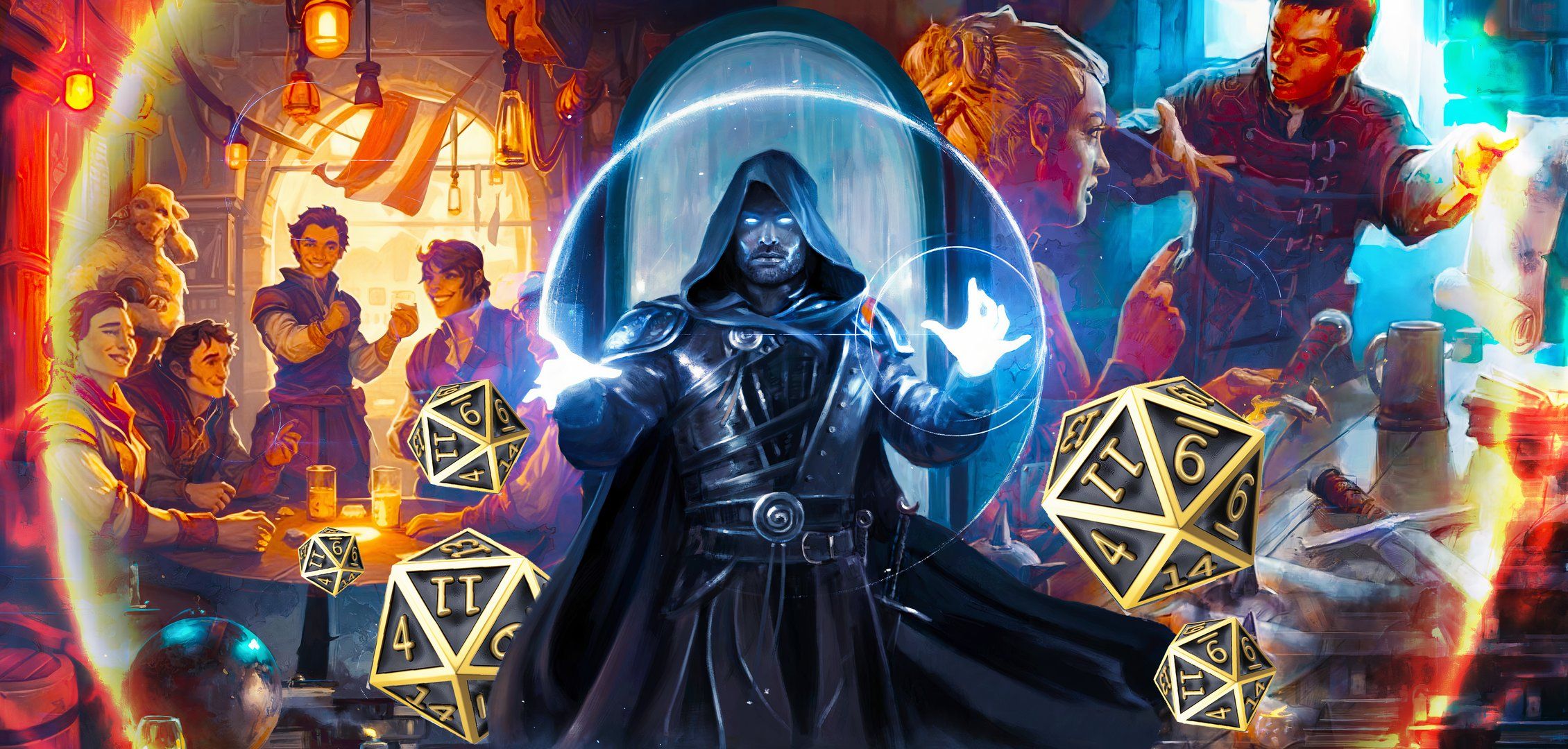
Related
D&D: New DMs Should Be Homebrewing Campaigns, Not Campaign Worlds
Premade adventures fall short of a homebrew campaign’s storytelling potential but published Dungeons & Dragons campaign settings are perfect for DMs.
The indie TTRPGs about community and togetherness may be niche games, but the hobby itself is fundamentally about those ideals. People gather to tell stories, either taking on the role of a fictional character as a player, or providing a narrative that those characters experience, and bringing life to the supporting cast and the world surrounding them, as a Game Master. Some people look to the freedom of TTRPGs as what sets them apart from video games, but for veteran hobbyists, it’s clear that it is the human connection that makes RPGs special. This connection goes beyond individual gaming groups.
DriveThruRPG currently allows content creators to self report whether AI was used in the creation of text or art in any book available on the storefront, and many titles ambiguously state “Creation Method Not Chosen By Publisher.” The ENNIE Awards policy will go further, noting, “Creators wishing to submit products must ensure that no AI-generated elements are included in their works.”
Several indie TTRPGs are about writing letters, but all RPGs are fundamentally about writing, in essence. The communication between the players portraying an adventuring party is an obvious bond, as is that of a GM sharing a story with their players. There is also communication between the authors of TTRPGs and their audience. Authors share the themes and tone of their settings, and the emotions they hope to convey through their adventures. Artists illuminate the game world in their art, and they express themselves in the process. The very rules of TTRPGs are communication from one human to another.
D&D Needs To Get On The Right Side Of The AI Issue
TTRPG Hobbyists Are Ready To Draw A Line In The Sand On AI In Art
When I read impactful TTRPGs for the first time, like Vampire: the Masquerade’s subversive tone in the 1990s, or more recent games like SIGMATA: This Signal Kills Fascists, or Monsters of Murka, it is clear there are people behind the words, and there is something they want to convey to the reader. When I browse through the most promising DriveThruRPG releases each year, I look for games with interesting mechanics or unique campaign worlds, but I never fail to recognize that each such book is someone’s labor of love. I look for real people, communicating through words and art.
Wizards of the Coast CEO Chris Cocks made statements that DnD‘s online platforms aimed to add tools for “using AI for emergent storytelling,” suggesting a goal of monetizing the use of AI to replace human Dungeon Masters for Dungeons & Dragons.
I published my own tabletop RPG recently, called Forgotten Fate, a fantasy heartbreaker that combines a surreal world and an attempt to do for 5e DnD what Pathfinder did for 3e DnD, which I sell through DriveThruRPG. I knew full well that books with a good ratio of art to text are more eye-catching, and more appealing, to readers, and that using AI art was the easy answer. That wasn’t something I was willing to even consider. I paid a real, human artist their asking price to license a single piece of cover art, the sole image Forgotten Fate includes.
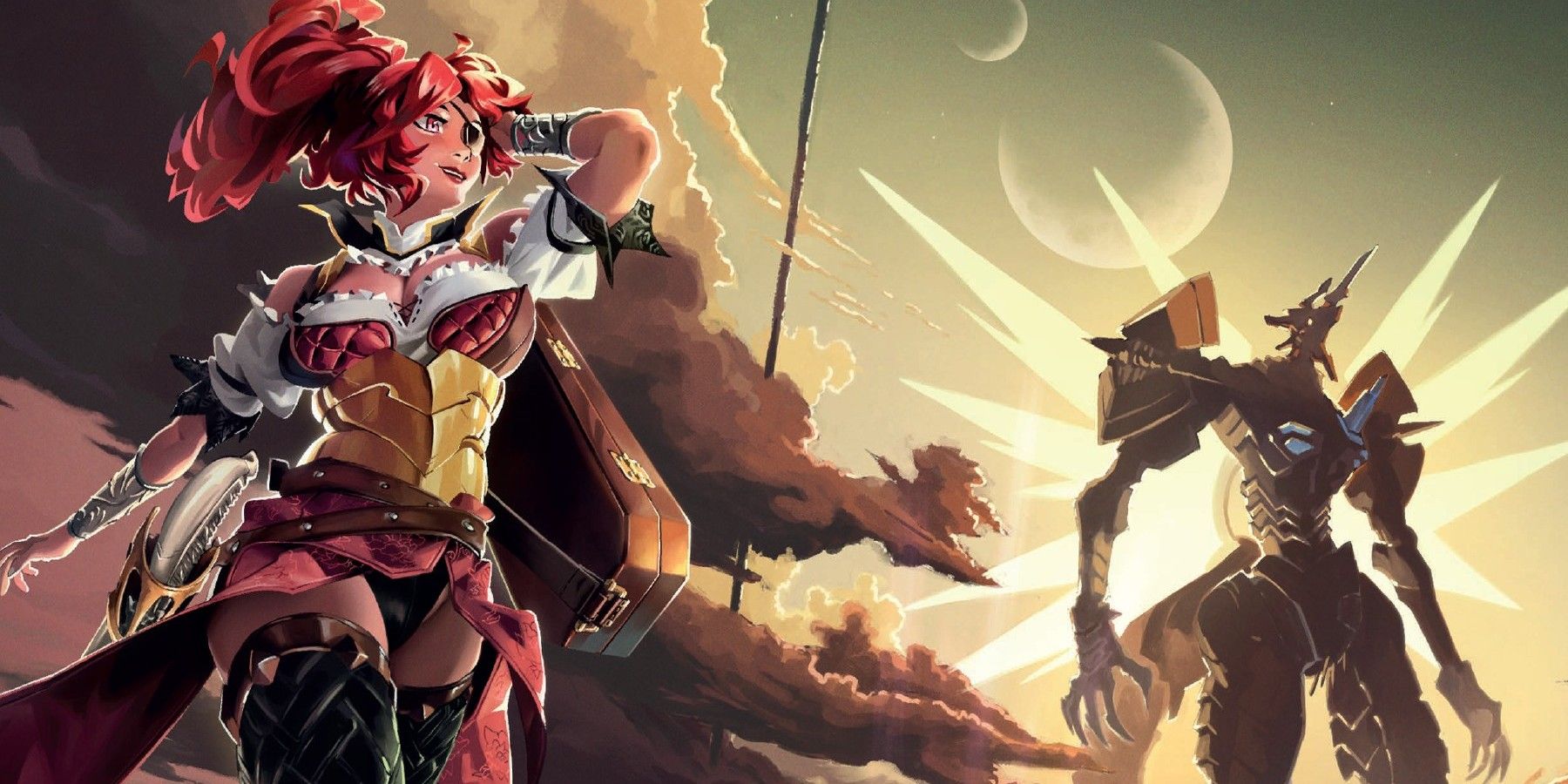
Related
D&D: I’m Glad I Didn’t Wait For The Official Sci-Fi Take On 5E
WOTC will be publishing Exodus, a science fiction tabletop RPG that appears to share a ruleset with DnD, but sci-fi DnD options are already available.
Wizards of the Coast, by far the biggest player in the tabletop RPG space, could try the treacherous path of AI Dungeon, if Chris Cocks is allowed to follow his dreams. Corporations would see AI replacing artists and writers. If there is a means to monetize it, an AI DnD Dungeon Master is not out of the question. TTRPGs are about communication between the players and the GM, but they are also about communication with the authors and artists who make the games. The ENNIE Awards made a brave, albeit ethically mandated, choice, but Dungeons & Dragons might choose profitability.
Sources: ENNIES, Futurism, TGN – Tabletop Gaming News/YouTube
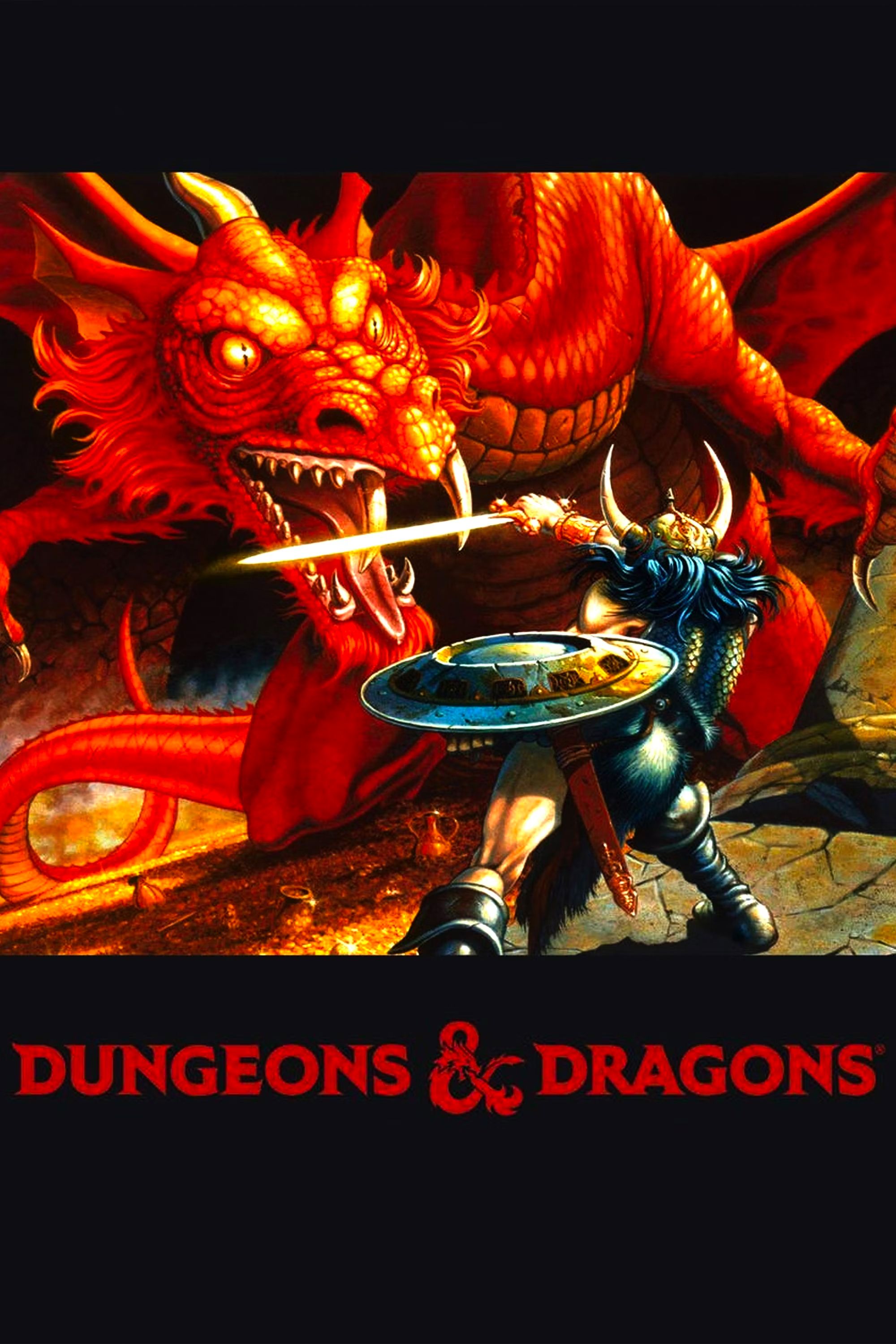
Dungeons and Dragons
- Original Release Date
-
1974
- Publisher
-
TSR Inc., Wizards of the Coast
- Designer
-
E. Gary Gygax, Dave Arneson
- Player Count
-
2-7 Players
